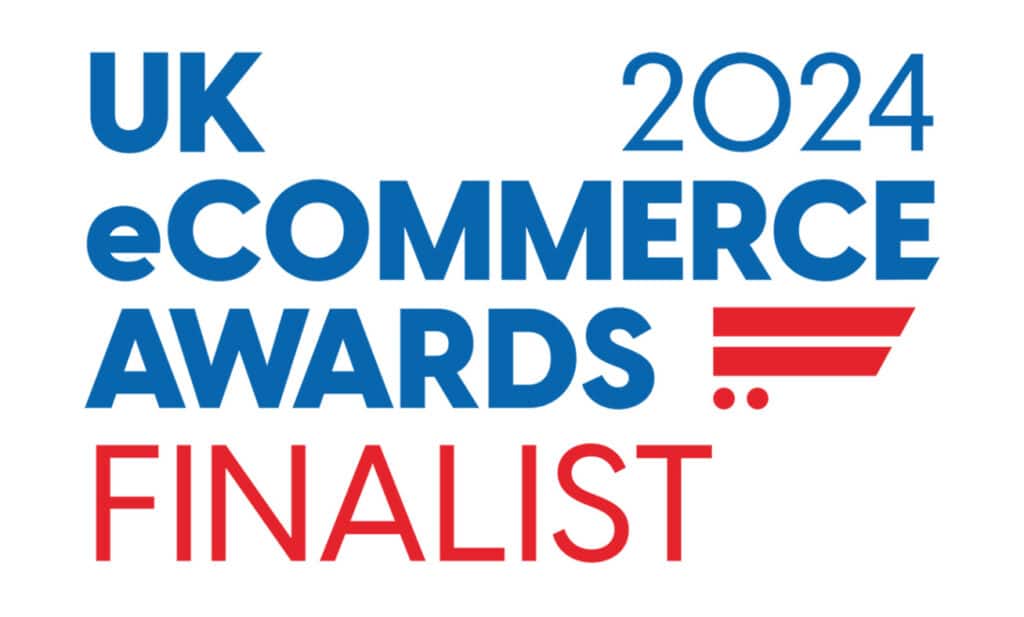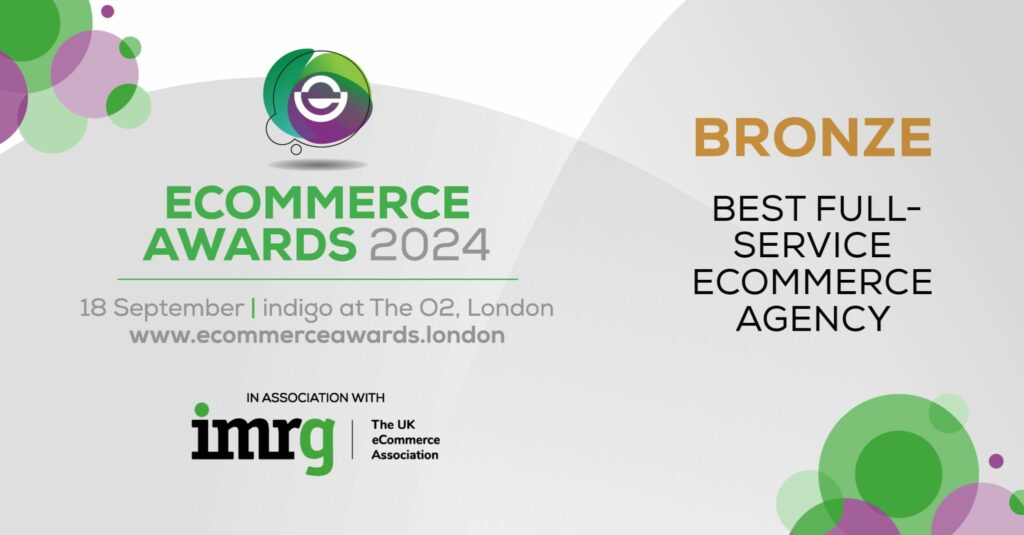With millions of professionals in one place, B2B marketing on LinkedIn has great potential.
We have put together an easy guide to strategies that will help your business–to–business operation reach new customers.
Why LinkedIn works
The first challenge you will face is that most B2B organizations are using social media, including LinkedIn, to find good quality leads. Research suggests however that it’s difficult to win leads via social media channels. Difficult, but not impossible: it just means that you will have to work extra hard to find the leads you want and win them away from your competitors.
LinkedIn works for B2B lead generation because of the complexity of the purchasing journey. Data shows that a typical buyer will access seven to ten pieces of content before making their choice. Since the LinkedIn audience represents almost 30 million companies and 600 million professionals—including 2.8 million decision makers and 260,000 corporate executives—there’s a good chance that many of your potential customers will turn to this channel.
If you want to gain their attention, it’s a good place to share meaningful and insightful content.
In addition, B2B buyers will consider trust, relationships, and responsiveness when they are making their choices. If you approach your LinkedIn presence in the right way you can build your brand and create lasting relationships
Have clear intentions
The best way to gain leads from your LinkedIn business page is to use it as an invitation to visit your website.
Is your business page structured so that making a visit to your site becomes the next logical step for a visitor?
Using relevant, high-quality branded images wins attention and create interest, so make a good start with your banner image. It should be clear and carry a message that summarizes why your page is pertinent to the visitor’s needs, so focus on the problem you solve for your customers.
You want people to visit your website, so you must give them a reason to keep reading.
One strategy to consider is to use your business page as a “magazine cover”. Many magazines publish monthly, essentially updating their brand each time with a new cover image and disseminating interesting and thought-provoking articles. If your page is the cover, why not update the banner on a regular basis and publish to a schedule? This gives your followers more of an incentive to engage with and share your content, increasing the chances that customers will follow.
Give an appealing description
Your company’s LinkedIn description is a great opportunity to explain what your brand values and mission statement. This sets the level of expectation for new visitors and helps reassure those familiar with your offer.
With your description, make sure to speak directly to your target audience about what is relevant to them. Explain how and why your solution will meet their specific needs and invite them to find out more.
Give the first two lines a lot of thought, because that’s all your page visitor will see before they have to click on the “see more” option. If you haven’t captured their attention by then, they are unlikely to become a lead for you.
Make sure you specifically mention who benefits from your solution, whether it’s financial directors or clinical managers. Then tell them what the benefit will be: the more specific you can be the better, so try to avoid generic promises like “saving time and money”.
Make sure you complete every field when you are setting up your page because, according to LinkedIn, pages with complete details receive 30% more views every week than those with incomplete ones.
Keeping up to date
Another option to attract attention is through your posts and articles. Make sure you are regularly providing fresh content with useful links.
Avoid too many posts with hard sell messaging. People are most likely to visit your page while they are still researching their options, so they will want to see high quality, reliable content that gives them information, not shoves product down their throat.
Invite them to visit your blog or to view an infographic on your website that will be useful for their specific purchase decision.
Showcase your expertise
LinkedIn showcase pages were launched to spotlight sub-brands, business units and other initiatives. They are listed under ‘Affiliated Pages’ on your main page.
Clever use of showcase pages will allow you to segment your inbound LinkedIn traffic. If, for example, ‘small enterprises’ are within your target audience, you can create a showcase page specifically tailored to their needs.
Showcases have a larger header image and more posts are visible without scrolling. It should include plenty of opportunities to link back to your company page to keep people engaged. Don’t forget to give your page a name that will appeal to the target audience.
Go prospecting
LinkedIn’s advanced search is a powerful tool to find exactly the people you’re looking for. It’s straightforward too: you simply go to the search people icon in the header and then choose the advanced option. You can use multiple filters to narrow down the results until you have a manageable list of targeted people you are connected with or that you can invite to connect.
You can filter your selection by location, current employer, industry, past employer, school, profile language and non-profit interests. You can even change your filter options without having to redo the whole search. Your searches can be saved so you can revisit them and stay active in that sector, or even set up alerts when new contacts fit your search parameters. Note that if you want to save more than three searches you will need to pay for the Premium service.
Explore groups
Finding and connecting with individuals is the long-term aim because some will ultimately become customers. There are however over two million LinkedIn groups, so there is a good chance you can find some that are relevant to your sector, making your search for people receptive to your offer much easier.
When you join relevant groups and become an active participant you will start to build trust and members of the group will likely ask to connect with you directly.
From the top search menu, select groups from the drop-down options and look for relevant terms. You can filter your choices by categories and languages. Make sure to look out for groups with a reasonable number of active members—LinkedIn even ranks them for you.
If nothing meets your specific requirements, consider starting your own group to generate networking opportunities.
As the owner and moderator of a respected group, you will gain recognition as a leader in your sector. If you focus on the type of people you want to connect with it becomes straightforward to moderate a group that will meet their needs. You should however avoid using your group as a sales platform. At this point the relationships you build are more important than tedious pitches, so concentrate on becoming a go-to resource for sector essentials.
Quality content
LinkedIn is a good place to publish high quality content that will build your credibility and attract valuable contacts.
Your content must be interesting and useful, and ideally you will have premium content such as videos, guides and white papers on your website to further engagement. Consider using a registration paywall to harvest newsletter subscribers in exchange for more high-value content.
Don’t fall into the trap of creating very formal and alienating corporate content. LinkedIn is, after all, a social media platform. While you need to be professional and purposeful you can also be personable and engaging. You can publish both as an individual and as a company and share between the two pages.
The key is to make sure there is consistency across all your channels in terms of branding and styling.
Speak with one of our experts today for advice about how to best use LinkedIn marketing for your B2B brand.








